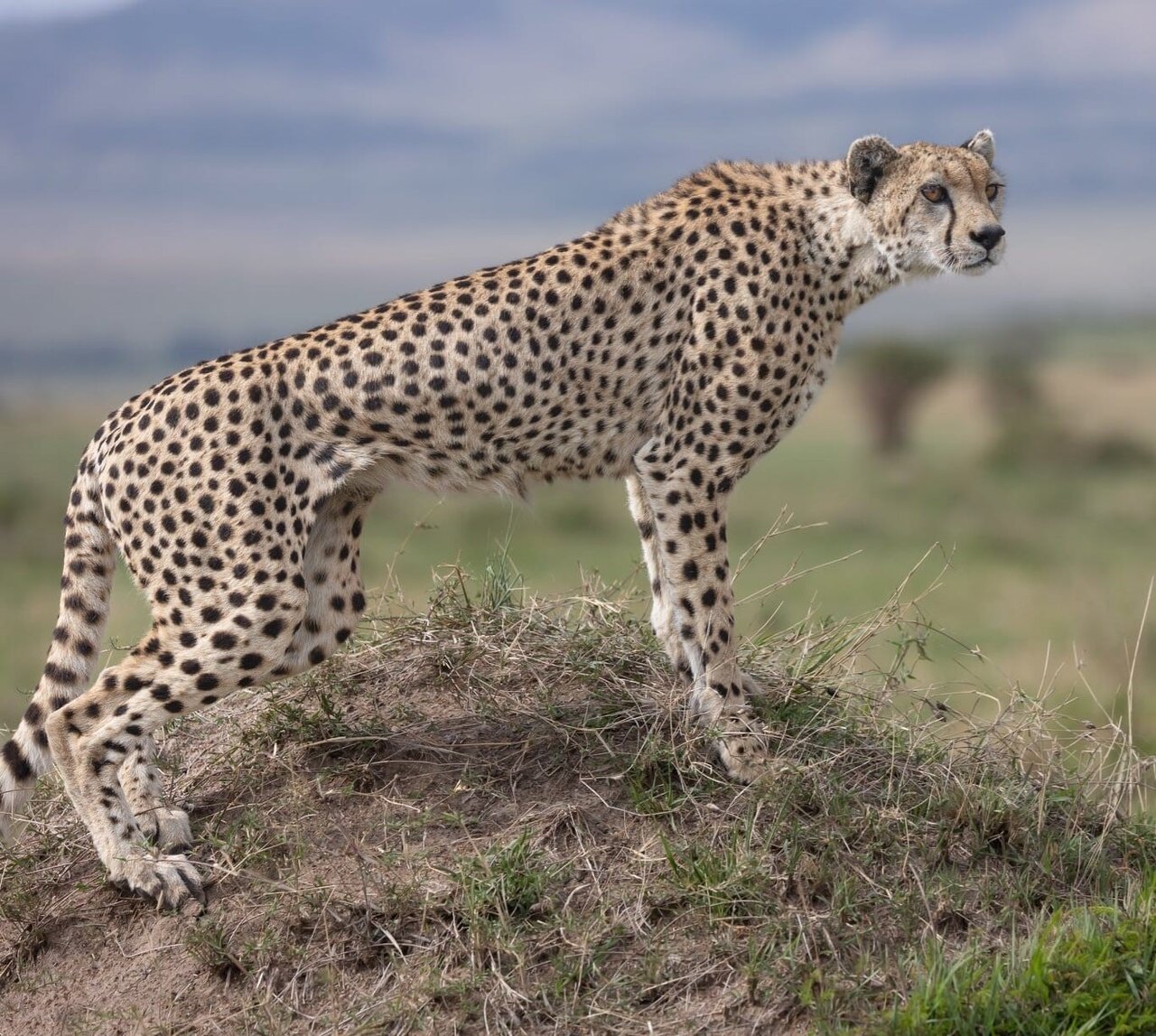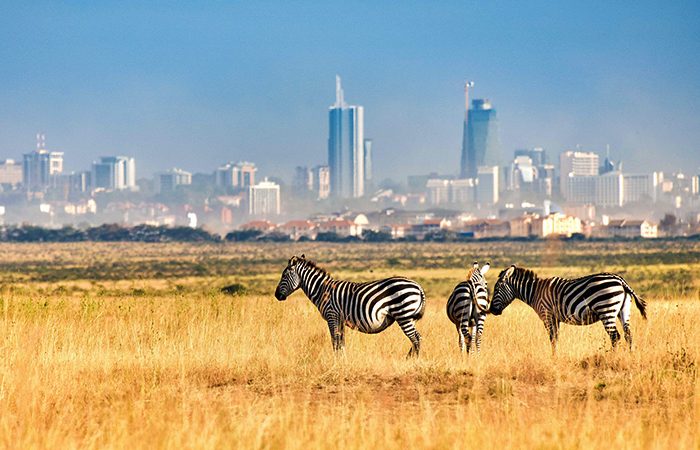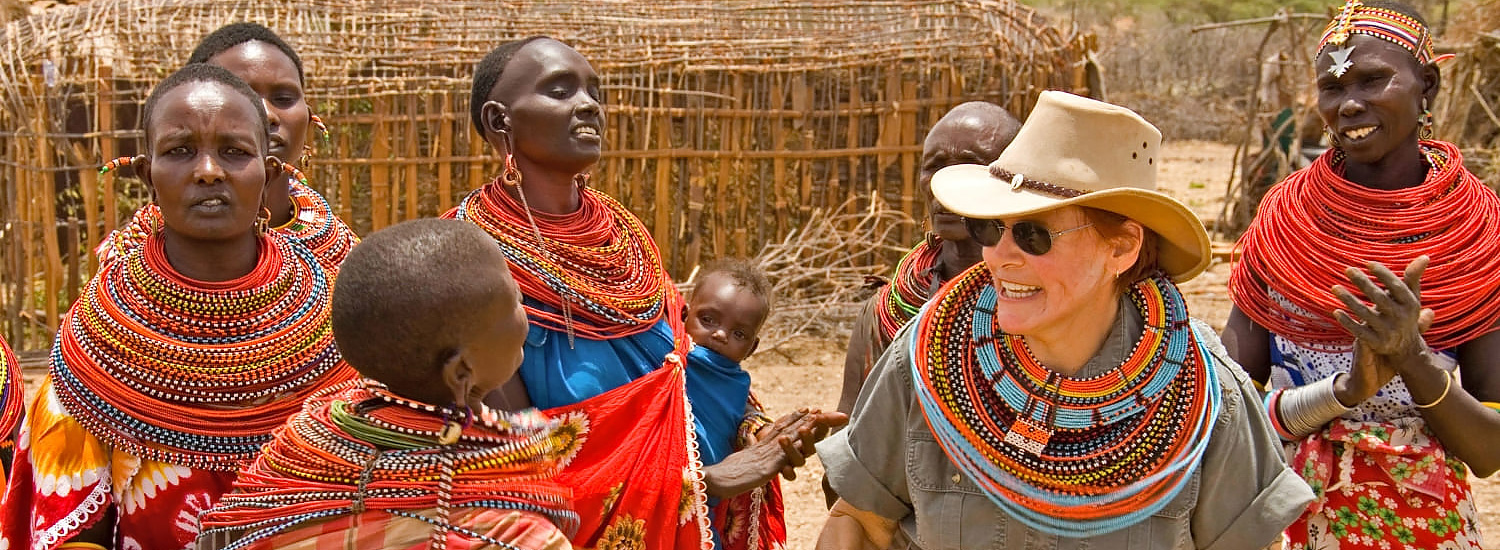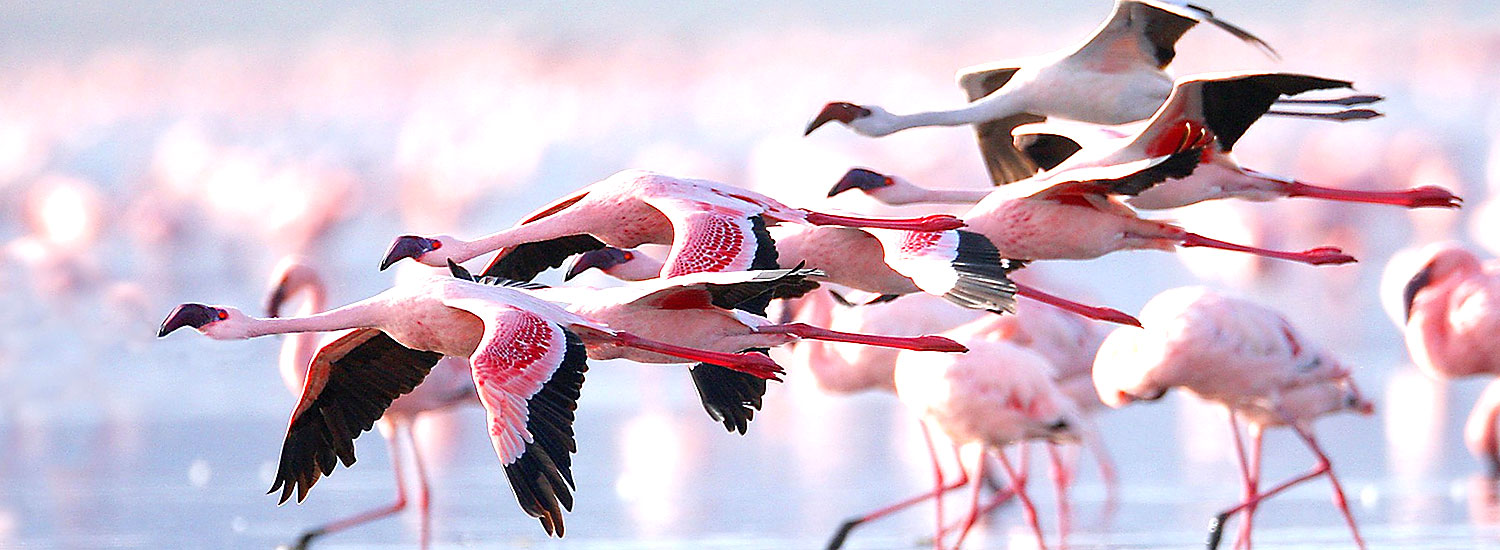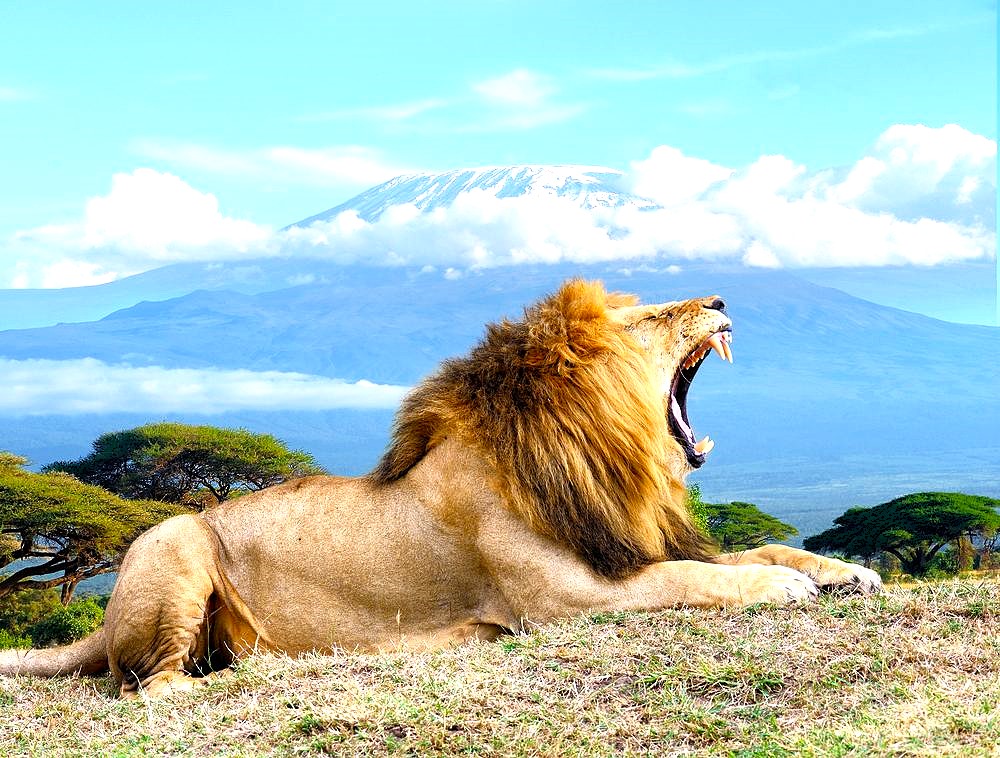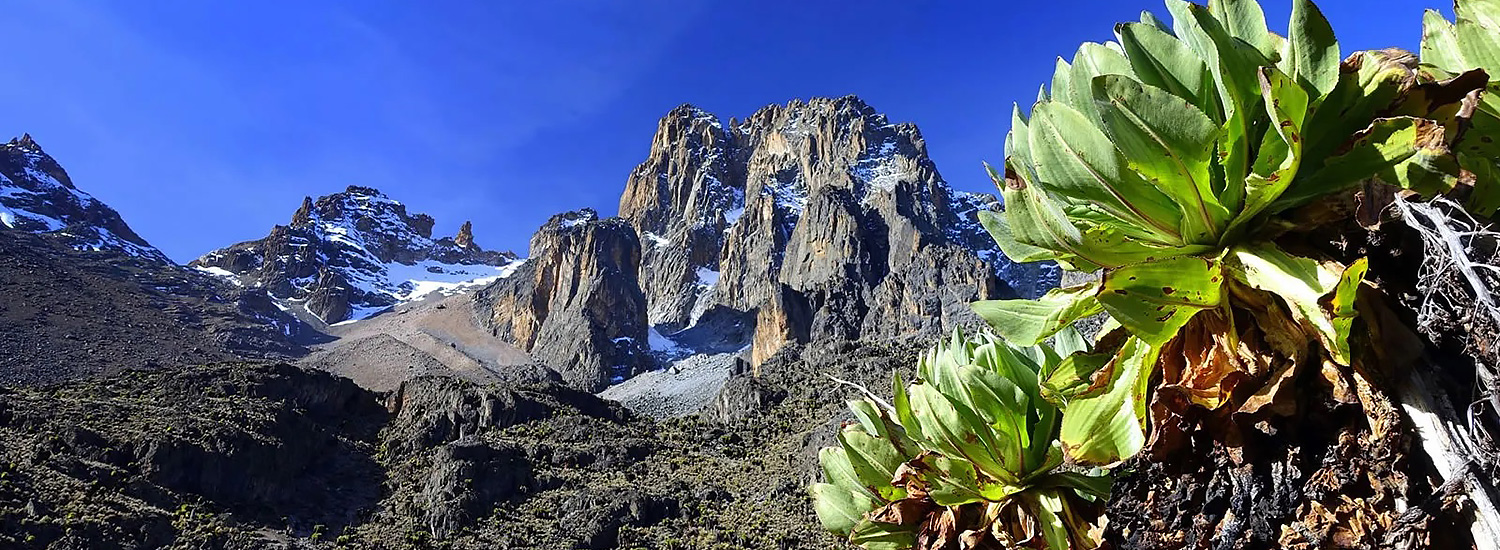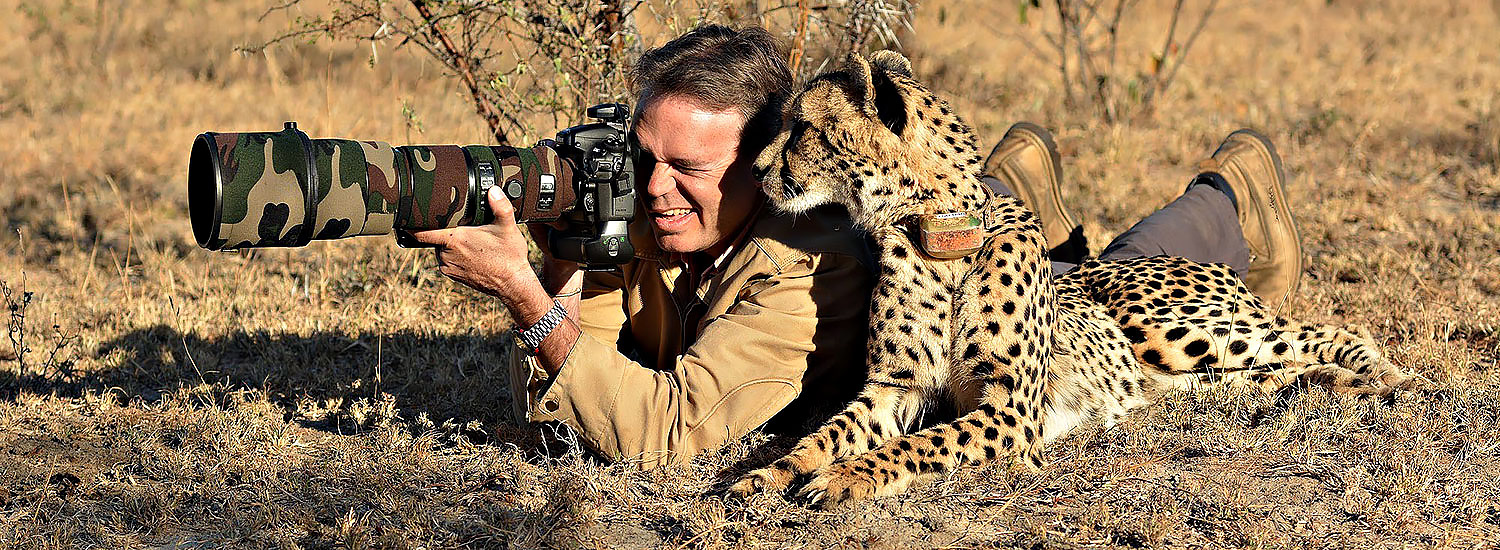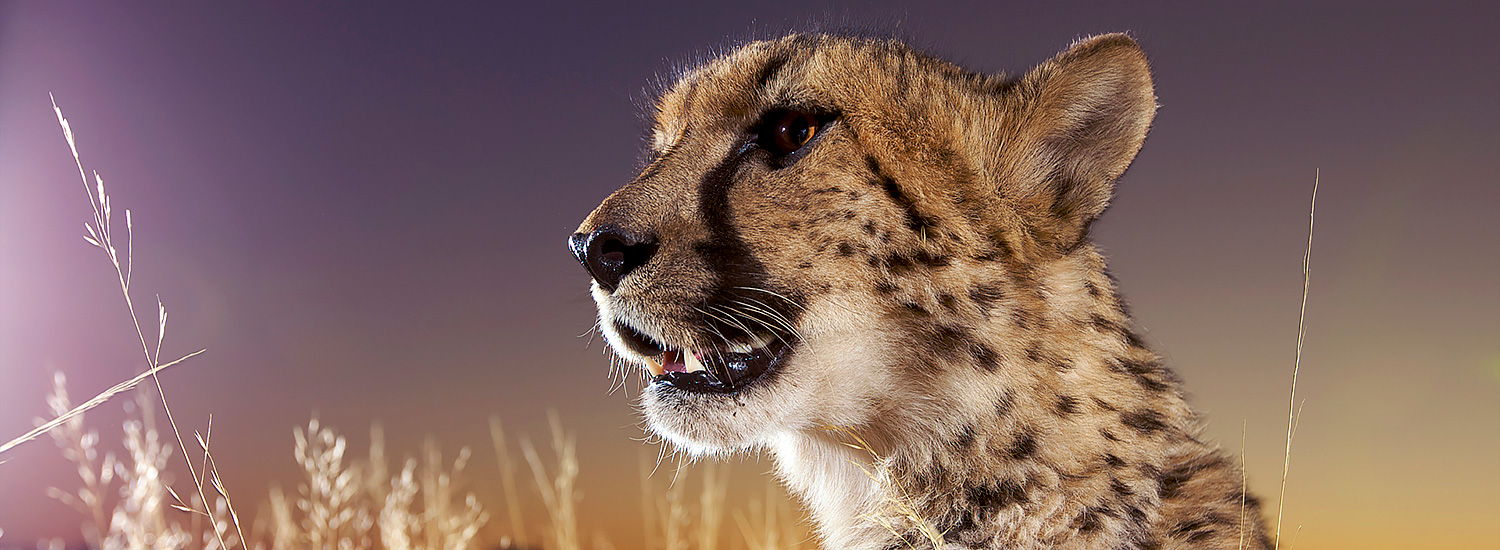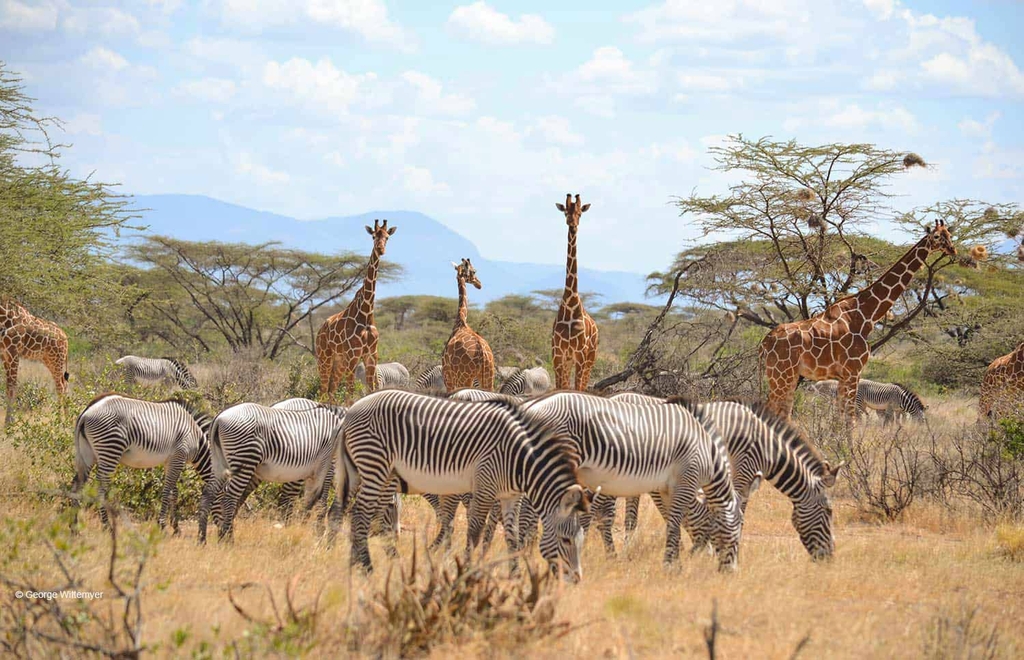
Lake Bogoria is a saline, alkaline lake that lies in a volcanic region in a half-graben basin south of Lake Baringo, Kenya, a little north of the equator. Lake Bogoria, like Lake Nakuru, Lake Elmenteita, and Lake Magadi further south in the Rift Valley, and Lake Logipi to the north, is home at times to one of the world’s largest populations of lesser flamingoes. The lake is a Ramsar site and has been a protected National Reserve since November 29, 1973. Lake Bogoria is shallow (about 10 m depth), and is about 34 km long by 3.5 km wide, with a drainage basin of 700 km².
Satellite image of Lake Bogoria taken from World Wind.
Local features include the Kesubo Swamp to the north and the Siracho Escarpment to the east, both within the National Reserve. The lake is also famous for geysers and hot springs along the bank of the lake and in the lake. In four locations around the lake can be observed at least 10 geysers, which erupt up to 5 m high.[1] Geyser activity is affected by the fluctiations of lake level, which may indundate or expose some geysers.
The lake waters contain large concentrations of Na+, HCO3- and CO32- ions. They originate from inflow from the Sandai and Emsos rivers, and from about 200 alkaline hot springs that are present at three onshore sites: Loburu, Chemurkeu, and a southern group (Ng’wasis, Koibobei, Losaramat). Other springs discharge directly from the lake floor. Lake Bogoria also contains the highest concentration of true geysers in Africa (at least 18 are known). The lake waters are alkaline (pH:10.5) and saline (up to 100 g/L Total Dissolved Salts). The lake has no surface outlet so the water becomes saline mainly through evaporation, which is high in this semi-arid region. The lake itself is meromictic (stratified) with less dense surface waters lying on a denser more saline bottom waters. Although hypersaline, the lake is highly productive with abundant cyanobacteria (Arthrospira fusiformis) that feed the flamingoes, but few other organisms inhabit the lake e.g. the monogonont rotifer species Brachionus sp. Austria (belonging to the Brachionus plicatilis cryptic species complex) is found in high densities.
The lake has not always been saline. Sediment cores from the lake floor have shown that freshwater conditions existed for several periods during the past 10,000 years, and that lake level was up to about 9 m higher than its present level of about 990 m above sea-level. At times it might have overflowed northward towards Lake Baringo. At times, during the late Pleistocene it might have been united with a larger precursor of modern Lake Baringo, but this is still uncertain.
The lake area was the traditional home of the Endorois people, who were forced to leave the area in the 1970s and are now challenging their removal at the African Commission on Human and Peoples’ Rights.
Hotel accommodation is available near Loboi village at the north end of the lake. Camping is permitted at the southern end of the lake (see North Lewis, 1998, for details).
Booking is easy! Simply provide the necessary details. Our team will guide you through the booking process and answer any questions you have.
Have more questions? Feel free to reach out to our friendly customer support team. We're here to make your tour experience smooth and memorable!
We understand that circumstances can change. Our cancellation and change policies vary based on the tour and destination. Please review the specific terms in our booking policy or contact our team for assistance.
Our tour packages typically include* accommodations, transportation, guided tours, and specified activities. We provide transparent details about inclusions and exclusions to help you make informed decisions.
*Individual tour details may change.

